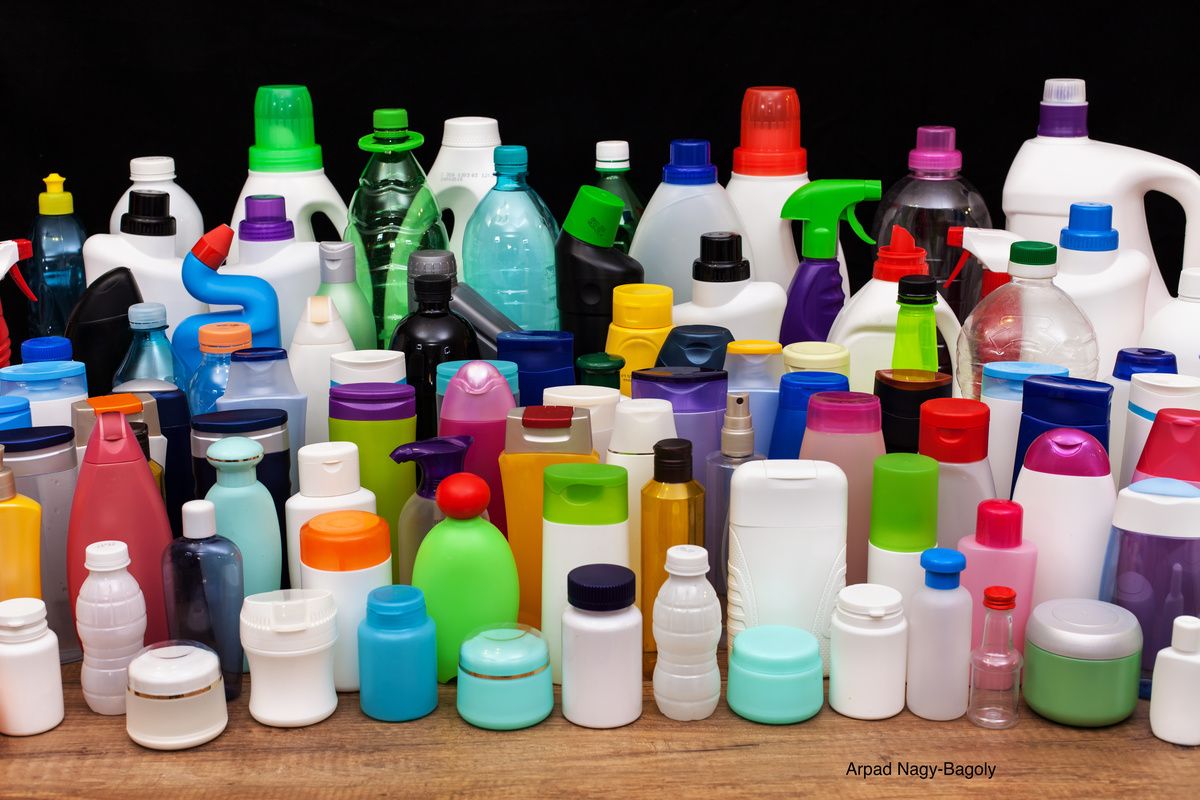
Endocrine-disrupting chemicals are nearly ubiquitous in day-to-day life. Could they be linked to attention-deficit/hyperactivity disorder-like (ADHD) behavior?
Many everyday products that children and adolescents come into contact with in the course of their life may contain endocrine-disrupting chemicals. These chemicals have been under scrutiny for a multitude of reasons. A new investigation in JAMA Network Open looks into whether these chemicals impact behavior and can produce symptoms that are akin to attention-deficit/hyperactivity disorder (ADHD).1
Investigators ran a cross-sectional analysis of data that were collected from adolescents who were part of the New Bedford cohort, which is an ongoing prospective birth cohort. Each participant provided spot urine samples and were given neurodevelopmental testing. They also quantified the urinary biomarker concentration of endocrine-disrupting chemicals or their metabolites for phthalates, parabens, phenols, and triclocarban. The behaviors linked to ADHD were examined with up to 14 indices from self-, parent-, and teacher-completed behavioral checklists that used validated tests such as the Conners Attention Deficit Scale and the Behavior Assessment System for Children, Second Edition.
The cohort included 205 participants who had an average age at time of assessment of 15.3 years. The median urine concentrations were 0.49 μmol/L of Σpersonal care product phthalates, 0.35 μmol/L of Σparabens, 0.02 μmol/L of Σbisphenols, 0.45 μmol/L of Σantiandrogenic phthalates, 0.13 μmol/L of ΣDEHP metabolites, and 0.02 μmol/L of Σdichlorophenols. Overall, 82 of the participants were found to have scores that were consistent with a significant behavioral program, but just 39 of the participants had a diagnosis of ADHD. Researchers found that for each 2-fold increase in the sum of antiandrogenic phthalate concentrations there was a 1.34 (95% CI, 1.00-1.79) increase in the risk of significant behavior problems related to ADHD. A 2-fold increase in the sum of dichlorophenols was linked with a 1.15 (95% CI, 1.01-1.32) increased risk. The links were found to be stronger in male participant, but there was a lack of precision in comparing the sex-specific differences.
The researchers concluded that exposure to some endocrine-disrupting chemicals, in particular some phthalates, was linked to some behaviors that are characteristic of having ADHD. The near ubiquity of these chemicals in everyday items are a potentially modifiable risk factor.
Reference
1. Shoaff J, Coull B, Weuve J, et al. Association of exposure to endocrine-disrupting chemicals during adolescence with attention-deficit/hyperactivity disorder–related behaviors. JAMA Netw Open. 2020;3(8):e2015041. doi:10.1001/jamanetworkopen.2020.15041
"behavior" - Google News
September 02, 2020 at 03:39AM
https://ift.tt/2DiVZV2
Impact of certain chemicals in plastics on producing ADHD-like behavior - Contemporary Pediatrics
"behavior" - Google News
https://ift.tt/2We9Kdi
Bagikan Berita Ini














0 Response to "Impact of certain chemicals in plastics on producing ADHD-like behavior - Contemporary Pediatrics"
Post a Comment